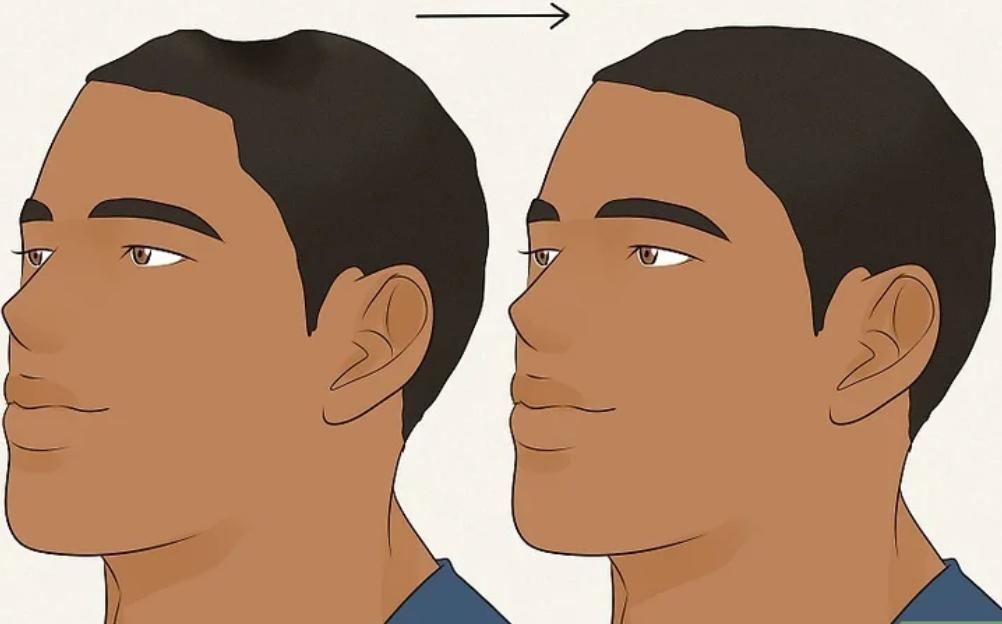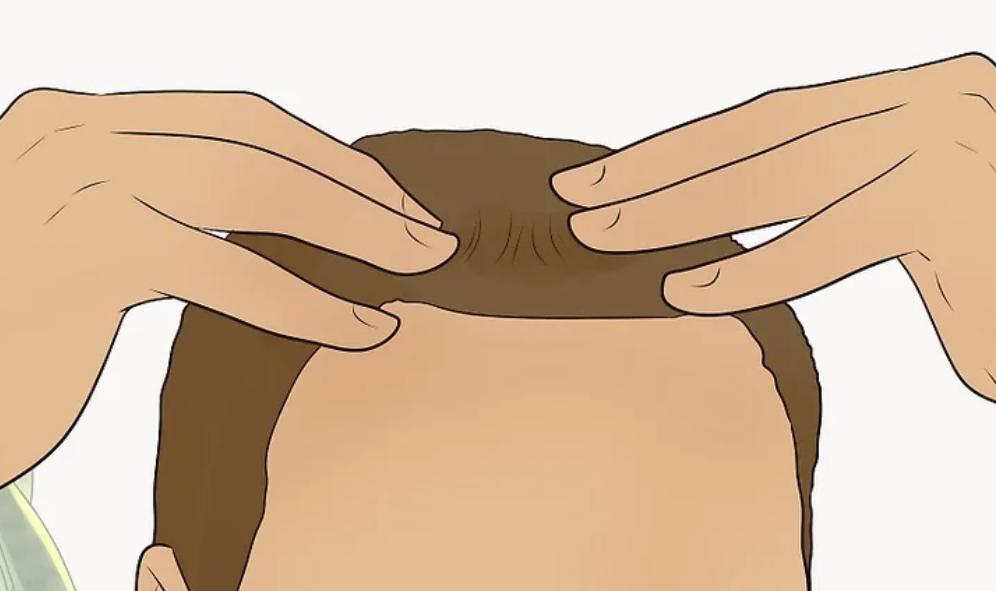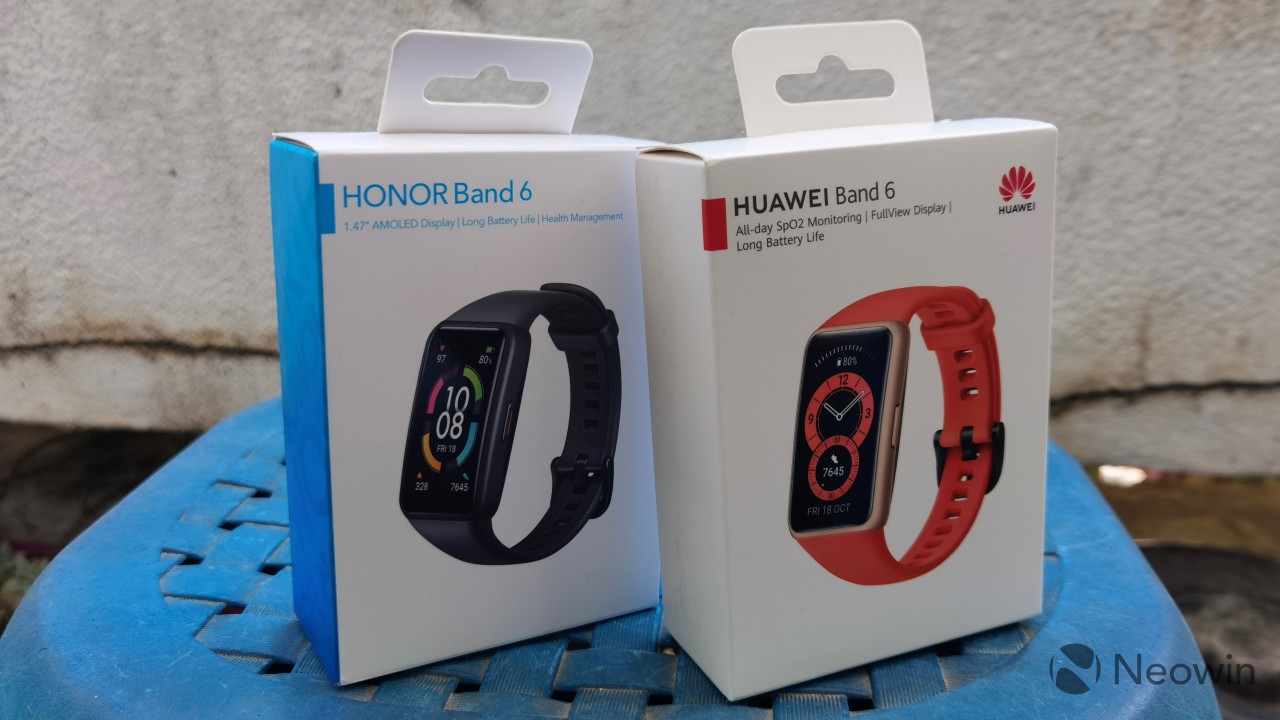Headphones are an essential part of daily life, whether you're enjoying music, tuning into a podcast, or attending virtual meetings. However, prolonged use can sometimes cause a visible indentation, commonly known as a “headphone dent.” Many users worry about this issue, balancing comfort and appearance. Understanding how to avoid headphone dents is key for those who wear headphones frequently. By following expert tips, you can reduce dents while maintaining a comfortable listening experience. This guide explores the causes, debunks myths, and provides practical solutions to prevent and manage headphone dents effectively.

Understanding Headphone Dents: Causes and Myths
Headphone dents are a common concern, but understanding their causes can help prevent unnecessary worry. Let’s break down the real reasons behind these dents and debunk common myths.
What Causes a Headphone Dent?
Headphone dents are primarily caused by the pressure exerted by a tight headband pressing against the scalp. Over time, the consistent pressure can temporarily deform the skin and underlying tissues, leading to the appearance of a dent. The material and design of the headphones, specifically the headband, play a significant role in determining whether a dent will form.
Common Myths About Headphone Dents
There are several myths surrounding headphone dents that have led to unnecessary worry among users. One common misconception is that these dents are a result of bone deformation. However, this is not true; the human skull is resilient and does not change shape due to external pressure from headphones. Another myth suggests that only heavy headphones cause dents, but lighter models can also cause pressure marks if worn incorrectly.
Is a Headphone Dent Permanent?
The good news is that headphone dents are not permanent and typically affect only the skin and soft tissues, not the bone. These marks often result from prolonged pressure but usually fade within a few hours to a few days. Taking regular breaks, adjusting your headphones for a looser fit, and gently massaging the area can help speed up recovery and prevent future dents.
How Can I Prevent Headphone Dents?
Preventing headphone dents starts with choosing the right pair and making small adjustments to reduce pressure on your scalp.
Choose the Right Headphones
Selecting headphones with an ergonomic design and adjustable headbands is essential for comfort and preventing head dents. Look for models with ample padding, a lightweight structure, and a flexible fit. Over-ear headphones with a wider band help distribute pressure more evenly, reducing strain on your scalp. Memory foam padding and breathable materials can also enhance comfort, ensuring extended use without discomfort or lasting marks on your head.
Adjust Headphones Properly
Proper adjustment is crucial in preventing headphone dents and ensuring long-term comfort. Make sure the headband is not too tight, as excessive pressure can leave marks on your scalp. Position the headband so that the weight is evenly distributed across your head. Adjust the ear cups to sit comfortably over your ears without pressing down too hard. Taking these steps helps prevent discomfort and maintains your headphones' optimal fit.
Take Regular Breaks
Taking regular breaks from headphone use can significantly reduce the risk of developing dents on your scalp. To minimize pressure, remove your headphones every hour and allow your scalp to recover. This simple habit not only helps prevent dents but also reduces ear fatigue, improves blood circulation, and promotes better overall ear health. Additionally, adjusting the headband for a looser fit can further prevent unnecessary pressure on your head.
Use Additional Padding
If your headphones lack sufficient padding, adding extra cushioning can significantly improve comfort and reduce pressure on your head. Soft materials like memory foam help distribute weight evenly, preventing discomfort during extended use. You can also try DIY solutions, such as wrapping a soft cloth around the headband or attaching foam tape, to create a cushioned barrier. These simple adjustments can make a noticeable difference in long-term wearability.

What to Do If You Develop a Headphone Dent?
If you notice a headphone dent, simple remedies can help restore your scalp’s normal appearance.
Gently Massage the Affected Area
If you notice a dent after using headphones, gently massaging the area can help restore normal blood flow and reduce the appearance of the indentation. Use your fingertips to apply light pressure in circular motions for a few minutes. You can also try applying a warm compress to relax the skin and underlying tissues. Taking breaks from wearing tight headphones can further prevent dents from becoming more noticeable over time.
Apply Warmth for Faster Recovery
Applying a warm compress can further expedite recovery by promoting blood circulation, which helps the dent fade more quickly. Increased blood flow encourages skin and tissue elasticity, allowing the area to return to its natural shape. Use a warm, damp cloth or a heating pad and gently apply it to the affected area for 10-15 minutes. Repeat this process a few times daily for the best results.
Conclusion
How to avoid headphone dent is a common concern for avid headphone users, but dents are easily preventable with the right strategies. By choosing ergonomic headphones, adjusting them properly, taking regular breaks, and using additional padding, you can enjoy your audio experience without worrying about dents. Should you develop a dent, simple remedies such as gentle massage and applying warmth can quickly restore your scalp’s appearance. Remember, the key to avoiding headphone dents lies in balancing comfort and usage habits. Adopt these expert tips to maintain an enjoyable and dent-free headphone experience.
FAQ
Can headphone use cause permanent dents in the skull?
No, headphone use cannot cause permanent dents in the skull. The dents are superficial, affecting only the skin and soft tissues.
Do all types of headphones cause dents?
While any headphones can cause dents if used improperly, over-ear headphones with adequate padding and adjustable headbands are less likely to do so.
How long does it take for a headphone dent to go away?
A headphone dent typically disappears within a few hours to a few days, especially with measures like massaging the area and applying warmth.







